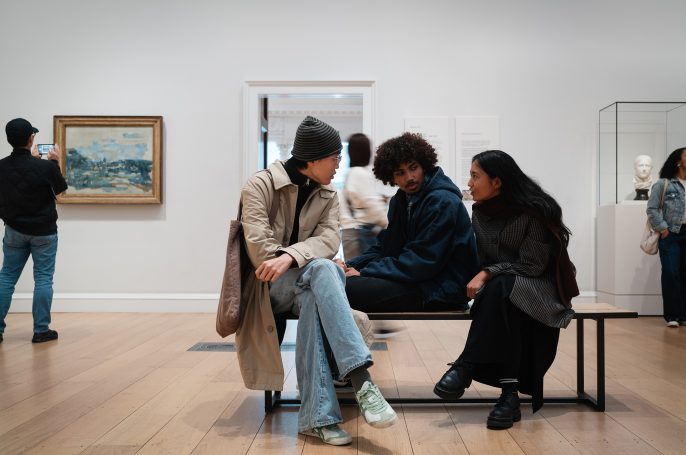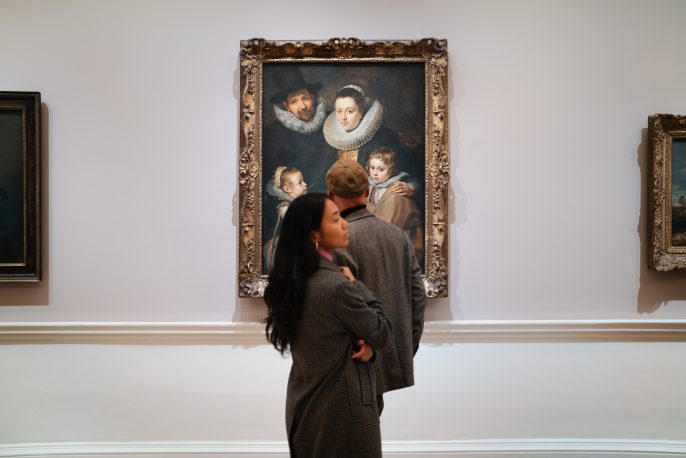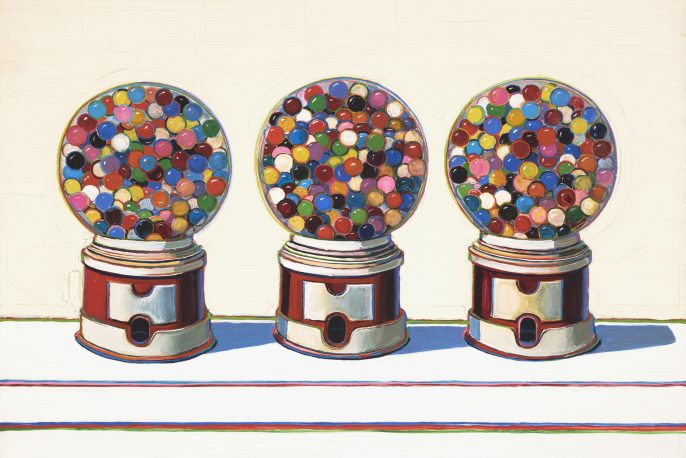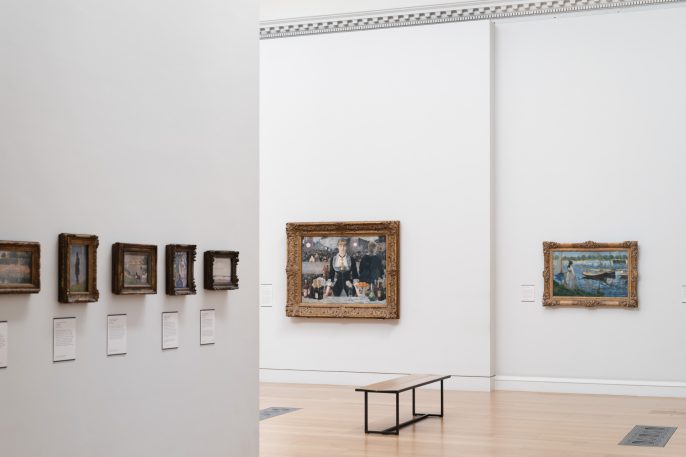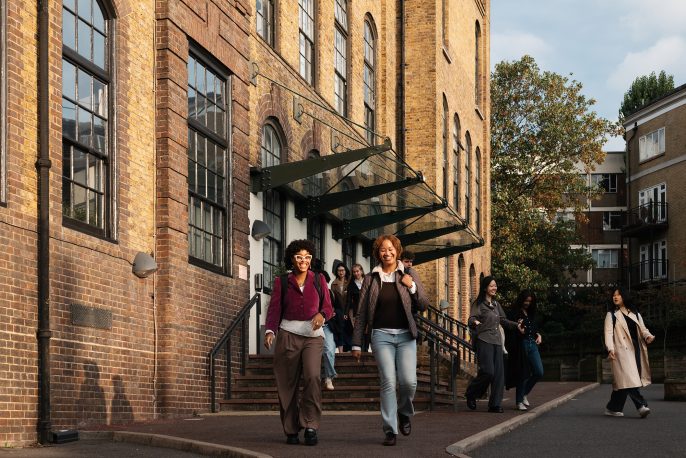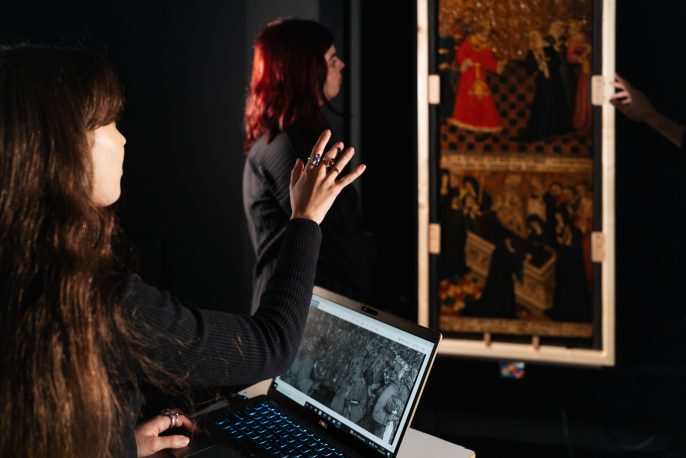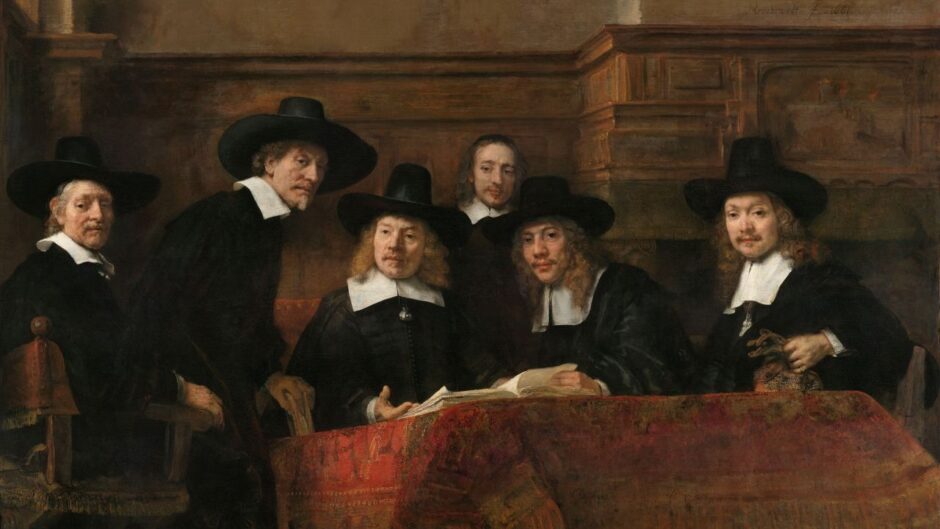Course 2 – Summer School online
Monday 29 May – Friday 2 June 2023
Dr Matthias Vollmer
£395
Course description
In spite of their religious and political conflicts in the sixteenth and seventeenth centuries, the Low Countries and Spain both experienced an unparalleled time of cultural blossoming, “a golden age of art” in the words of artists’ biographer Arnold Houbraken.
The prevailing conditions in these two countries, however, could have not have been more different: governed by absolute rulers from the House of Habsburg, and dominated by the Catholic Inquisition, Spain developed unprecedented religious fervour in its visual imagery. In the prospering Calvinist Dutch Republic, by contrast, artists conveyed moral and religious messages through an elaborate symbolism in land- and seascapes, still life-compositions, allegories, and scenes from daily life.
Exploring these two artistic Golden Ages, we shall carve out the fundamental historical and religious differences between Dutch and Spanish art of the period, represented by such figures as El Greco, Zurbarán and Velázquez, Frans Hals, Rembrandt and Vermeer.
Lecturer's biography
Dr Matthias Vollmer is Adjunct Professor at the Freie Universität Berlin European Studies Programme. He studied art history, philosophy and orientalism at the Freie Universität Berlin and wrote his PhD thesis on medieval book illustration. Matthias teaches interdisciplinary seminars on medieval and Renaissance art, as well as courses on modern art at the Freie Universität Berlin, the Universität der Künste Berlin, the Universität Münster and the Universität Frankfurt. He currently researches the principles of visualisation in art and science.
